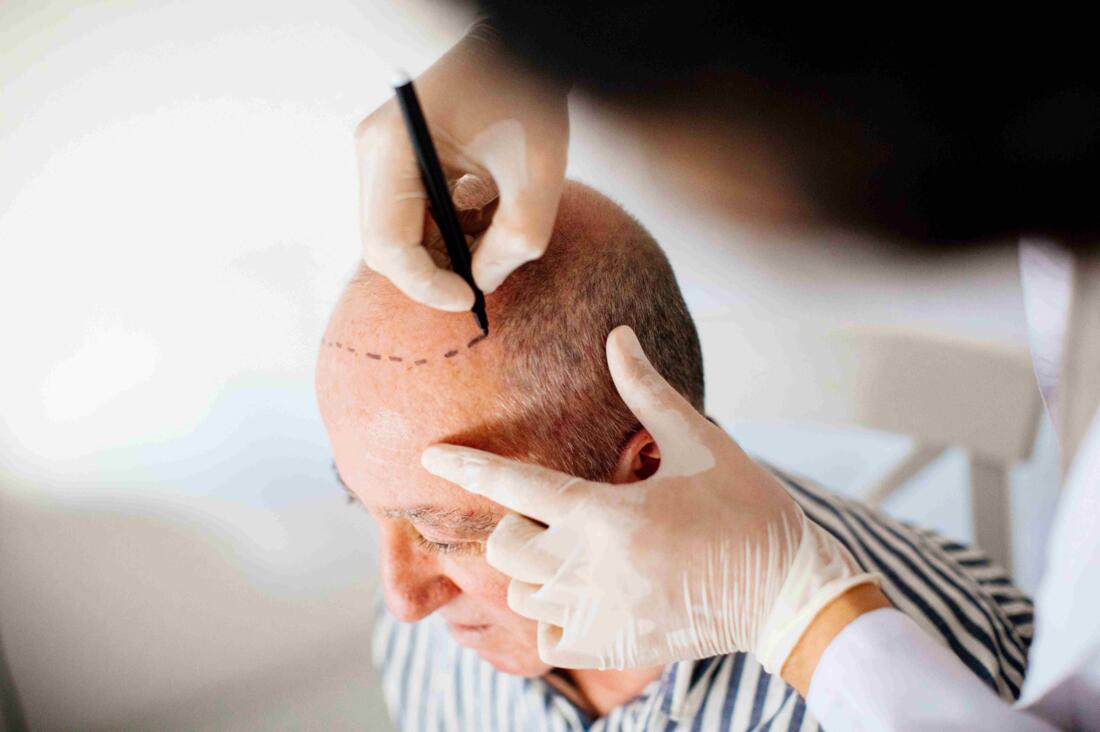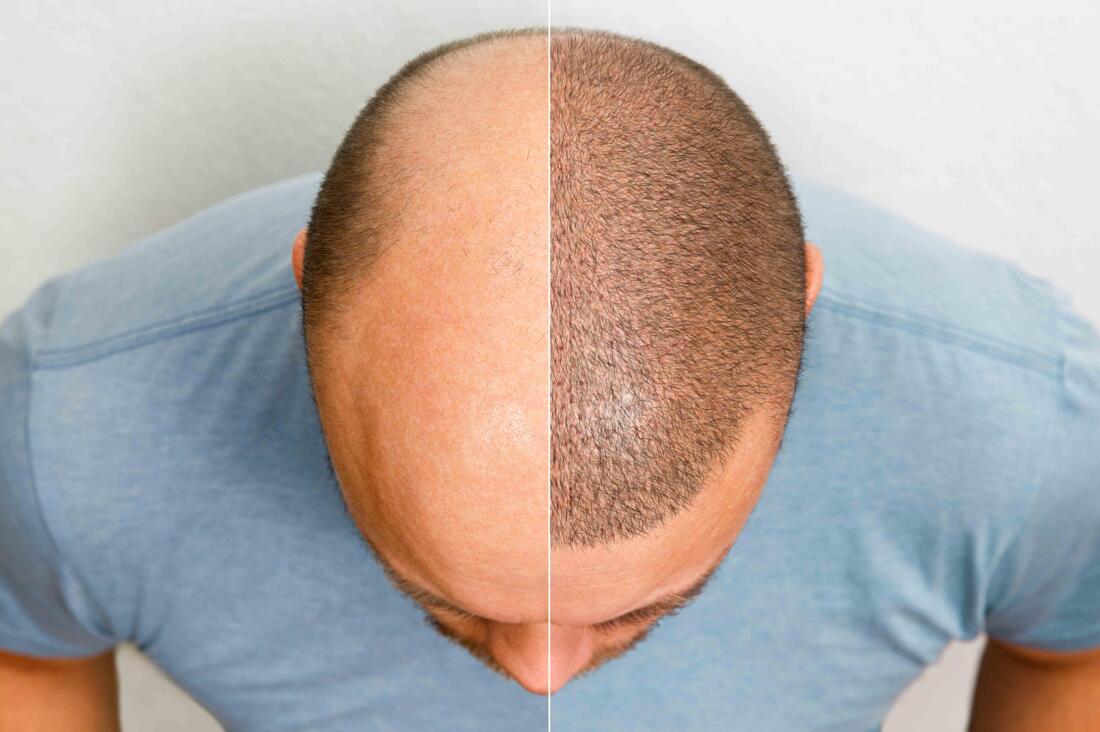Experiencing hair loss can be upsetting, impacting more than just the head by affecting self-esteem and confidence. Thankfully, advancements in the field of hair restoration provide renewed optimism for individuals dealing with hair loss.
Dealing with hair loss.
The most up-to-date methods for hair transplant procedures are now more advanced and efficient than ever, delivering results that appear natural with minimal discomfort. Follicular Unit Extraction (FUE) and Follicular Unit Transplantation (FUT) are among the most commonly used techniques, each offering distinct benefits. These treatments focus on the precise extraction and placement of hair follicles to achieve the most natural-looking new hair growth possible.

Follicular Unit Extraction (FUE) Method
The FUE technique has become increasingly popular because it is less invasive and does not leave a linear scar.
This method involves extracting individual hair follicles from the scalp without using a scalpel or stitches, resulting in a faster recovery and less discomfort after surgery.
The precision of this approach enables the hairs to be placed in alignment with the natural growth pattern, creating a seamless blend with the existing hair.
Furthermore, improvements in robotic technology have improved the accuracy and effectiveness of the FUE procedure.

Procedure for Future Use (FUT)
Alternatively, FUT, referred to as strip surgery, involves extracting a small strip of tissue from the back of the scalp where hair is less prone to thinning. The follicles are then isolated and relocated to the areas experiencing baldness. Despite the potential for a linear scar, it is often concealed by the person's existing hair and can be a cost-effective choice for those requiring numerous grafts.
Both FUE and FUT boast high success rates and can be customized to fulfill the unique requirements and desires of each individual. Thanks to these advanced methods, individuals dealing with hair loss have a better likelihood of attaining a full and natural-looking head of hair, which not only rejuvenates their hair but also boosts their self-assurance.
Understanding the Different Types of Hair Loss
Hair loss can manifest in various forms, each with distinct characteristics and causes. Androgenetic alopecia, commonly known as male or female pattern baldness, is the most prevalent type, driven by genetic predisposition and hormonal changes. Other forms include alopecia areata, an autoimmune condition resulting in patchy hair loss, and telogen effluvium, which can occur after stress, illness, or pregnancy, leading to temporary thinning. Identifying the specific type of hair loss is crucial for selecting the most effective treatment options and understanding the potential for hair restoration success.
The Role of Scalp Health in Hair Restoration
Healthy scalp conditions are fundamental for promoting hair growth and ensuring the success of hair restoration procedures. Conditions like dandruff, psoriasis, or seborrheic dermatitis can hinder hair follicle function, leading to reduced growth or increased shedding. Regular scalp care, including gentle cleansing and moisturizing, can help maintain optimal health. Additionally, treatments such as PRP (Platelet-Rich Plasma) therapy, which utilizes the body's own growth factors, can enhance the scalp environment, stimulating hair follicles and improving the results of hair restoration procedures.
Post-Procedure Care for Optimal Results
After undergoing hair restoration procedures such as FUE or FUT, proper post-operative care is essential to maximize results. Patients are typically advised to avoid physical exertion and excessive sun exposure for a certain period. Using gentle shampoos and avoiding harsh hair products can help in the healing process. Additionally, adhering to prescribed medications, such as antibiotics or anti-inflammatory drugs, can prevent infections and reduce swelling. Regular follow-ups with the surgeon will also ensure any concerns are promptly addressed, ultimately leading to healthier hair growth and satisfaction with the results.
The Psychological Benefits of Hair Restoration
The implications of hair restoration extend beyond physical appearance; they can significantly enhance emotional well-being. Many individuals experience a boost in self-esteem and confidence post-procedure. This renewed sense of self often leads to improved social interactions and a more active lifestyle, as individuals feel more comfortable in their appearance. Psychological studies indicate that those who invest in hair restoration often report higher levels of life satisfaction and happiness. Thus, addressing hair loss not only aids in physical restoration but also plays a vital role in enhancing overall quality of life.
Lifestyle Changes to Support Hair Growth
In addition to medical treatments, adopting certain lifestyle changes can further support hair growth and health. Nutrition plays a pivotal role; a diet rich in vitamins, minerals, and proteins is essential for healthy hair. Foods high in omega-3 fatty acids, iron, and biotin can contribute to stronger hair follicles. Moreover, managing stress through practices like yoga or meditation can reduce hair loss associated with stress. Staying hydrated and avoiding smoking are also crucial steps in maintaining hair health. These lifestyle adjustments, combined with professional treatments, can yield the best outcomes in hair restoration.
Innovations in Hair Restoration Technology
The field of hair restoration is continuously evolving, with innovations aimed at improving efficacy and patient experience. Recent advancements include robotic-assisted hair transplantation, which enhances precision during follicle extraction, resulting in lower transection rates. Additionally, new regenerative therapies, such as stem cell treatments, have shown promise in encouraging hair regrowth. Research into topical treatments that stimulate follicles at the cellular level is also underway, potentially offering non-invasive alternatives for hair restoration. As technology advances, patients can look forward to more effective and tailored solutions for their hair loss concerns.
AI-Assisted Content Disclaimer
This article was created with AI assistance and reviewed by a human for accuracy and clarity.